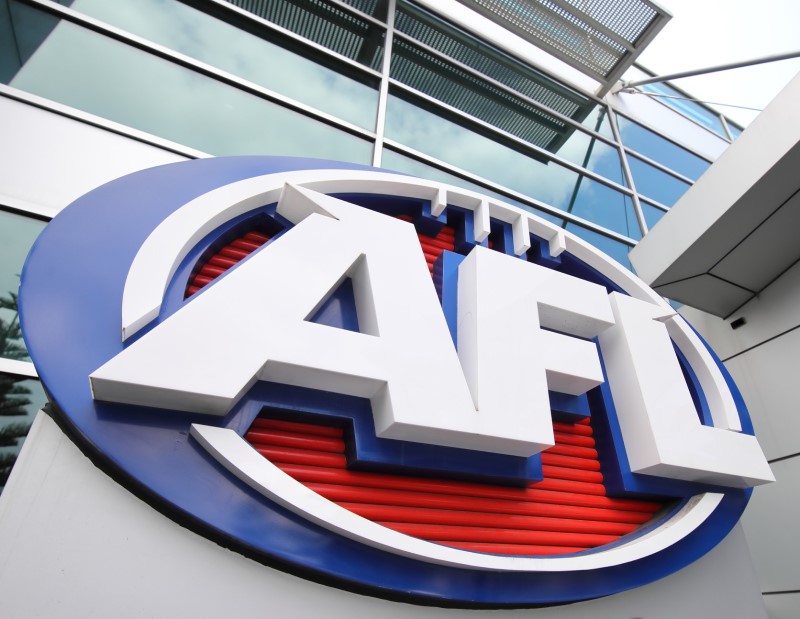-
What We Do
-
How We Think
-
Our People
-
Our Offices
-
About Us
-
Get In Touch
Redefining Play: How WHS Laws Might Quietly Rewrite the Rules of Elite Sport

When North Melbourne's Jackson Archer was handed a three-week suspension after a Round One collision in this year's AFL competition, the backlash was immediate. Critics accused the AFL of trying to "legislate risk out of the game". But the decision is more than just a judgment about contact in sport. It is a sign of the AFL, like many sporting organisations, grappling with a larger legal responsibility: workplace safety.
While professional sporting environments might look different from a typical workplace, for the people working within them, that's exactly what they are. Under Australian law, these environments are subject to the same Work Health and Safety (WHS) obligations as any other industry.
The Law Behind The Game
Under Australia's Model WHS laws, including the Work Health and Safety Act 2011 (ACT), a Person Conducting a Business or Undertaking (PCBU) must ensure, so far as is reasonably practicable, the health and safety of their workers.
The definition of 'worker' under the WHS Act is broad. In addition to employees, it includes anyone working for the business or undertaking, including contractors and their employees, labour-hire workers, outworkers, apprentices, trainees, work experience students and volunteers. Unlike other legal frameworks such as workers' compensation schemes or fixed-term contract laws, which often exclude elite athletes, WHS legislation does not carve out exceptions. Its focus is on preventing harm, not on how someone is paid or whether they meet a narrow employment definition. Under WHS laws, there is little doubt that professional athletes fall within the definition of "worker."
So, when a league like the AFL makes controversial rulings that appear to overcorrect, it's not an attempt to eat away at the essence of the game, it's about legal compliance. While tradition might push back, the law is clear: organisations have a duty to act. Under the model WHS Acts, PCBU must identify, eliminate, minimise and review and revise the environments in which they control to ensure that workers are not exposed to risks to their health and safety.
The Expanding Scope of Safety in Sport
For decades, injury management and concussion protocols were seen as the primary health concerns in elite sport. But WHS law takes things further-it applies to any risk to health, including those that are psychological or systemic in nature.
The Managing Psychological Hazards at Work Code of Practice, which was introduced in November 2023 explains that the WHS Act defines 'health' as both physical and psychological heatlh. This means that where the WHS Act imposes a duty in relation to 'health', PCBUs must manage risk to both physical and psychological health, so far as is reasonably practicable. Under these codes, which are consistent across Australia, all workplaces, including sporting organisations and professional sporting teams, are expected to manage risks like:
- Poor workload management and unrealistic expectations;
- Abusive interactions with teams;
- Job insecurity or ambiguous roles; and
- Cultural and systemic issues that undermine mental heatlh
What Should Sporting Organisations Be Doing?
Meeting WHS obligations in a sporting context requires a proactive and considered approach. For teams and governing bodies, this may start with identifying potential risks, taking practical steps to eliminate these risks, or where that's not possible, minimise them, and regularly review how effective existing measures are. Practically, this might look like:
- Creating space for open conversations with athletes about psychological safety
- Reviewing absence and injury data to help identify any underlying trends
- Undertaking structured risk assessments that address both physical and psychological hazards'
- Supporting staff and players with regular education on their WHS rights and responsibilities
- Checking in on workplace culture as often as performance metrics
The question isn't whether WHS laws belong in sport. All people deserve to be safe at work, irrespective of what their work looks like. The real question is how the sporting sector can adapt its processes to ensure the health and safety of its workers. As expectations around safe and healthy workplaces continue to shift, sport can't afford to be left behind.